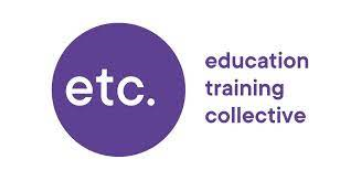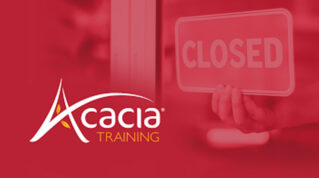Controversial accountability thresholds that “unfairly penalised” larger training providers have been replaced in an update to the apprenticeship accountability framework.
But thresholds on how many apprentices can withdraw or be on a break in learning at a training provider before triggering possible intervention action have been reduced.
The Department for Education published changes to four of the ten intervention thresholds that it monitors to “drive-up quality” of apprenticeships this afternoon.
Previously, training providers would be identified as ‘needs improvement’ if more than 250 apprentices withdrew, past their planned end dates or were on a break in learning.
Today’s update replaces each 250 threshold with a percentage of the total number of apprentices at a training provider. For example, under the latest framework, a training provider would be ‘at risk’ if more than 20 per cent of their total number of apprentices withdraw, down from 35 per cent. If 15-20 per cent of a provider’s apprentices withdraw, they will be considered as ‘needs improvement,’ down from 15-35 per cent.
A provider will now be ‘at risk’ if 10 per cent of their apprentices are on a break in learning for over a year. The previous threshold was 15 per cent.
The DfE said its “stronger approach” will come into effect in performance monitoring of apprenticeship training providers from June 2024. See table below for full list of changes.
Today’s update said: “Now that the framework is established, we’ll be taking a more robust approach in its application. We’re retaining the same indicators, but we’re introducing higher thresholds for three of the ten indicators and removing the 250-apprentice threshold that applied to three of the measures.”
A threshold for apprentice feedback has been introduced for the first time. From June, training providers will be considered ‘needs improvement’ if their apprentice feedback score on the find an apprenticeship service is less than 2.5 stars out of 4. Apprentice feedback is only published when at least ten apprentices have submitted their scores.
Accountability thresholds on achievement rates, Ofsted inspection outcomes and off-the-job training remain the same.
The 250 apprentice thresholds hit the headlines last year after being increased from 100 following an outcry from training providers. The Association of Employment and Learning Providers said the threshold would penalise the largest training providers operating in sectors such as care, retail and hospitality where withdrawals are persistently high.
Training providers falling foul of the quality thresholds could face severe consequences.
Following a “management conversation” with a DfE case manager, officials can suspend funding, order an improvement plan or terminate a provider’s contract if they believe there is “provider failure.”
Last month, the then skills minister, Robert Halfon, warned the training sector the government will use “contractual” measures to crack down in cases of “insufficient improvement.”
















I note we’ve STILL not got a proper technical document describing in detail how they decide which learners to include and exclude despite us screaming for one since this was first introduced…
Following a “management conversation” with a DfE case manager, officials can suspend funding, order an improvement plan or terminate a provider’s contract if they believe there is “provider failure…. OR
Get from behind your desk at home and simply ask ‘why’. Numbers, statistics and especially percentages are no substitute form actually understanding what’s going on. In an employer driven system, employers and their actions are oddly absolved of their sins, or maybe where the cost of living is a real thing then people (not providers) make decisions about whether their apprenticeship wage is enough and get a better paid job! Still, too much to hope for.
this is so true and is exactly the conversation I have recently had with our DfE case manager. The employer can get the bit of the apprenticeship they want or need and then withdraw the learner and stop the DAS with no accountability.